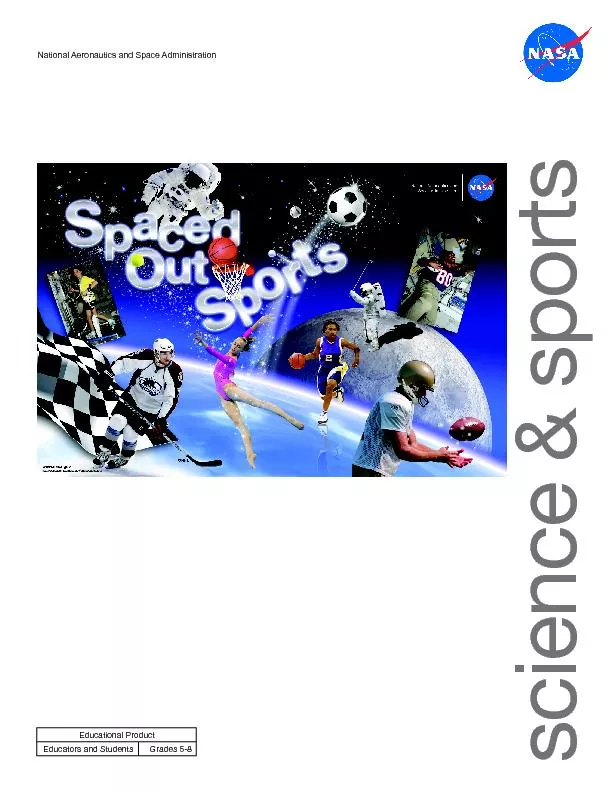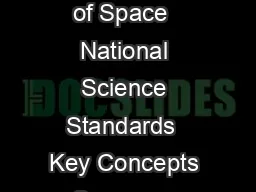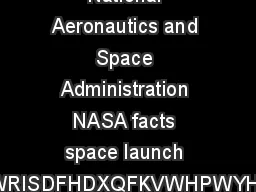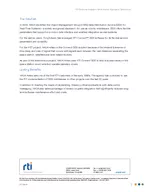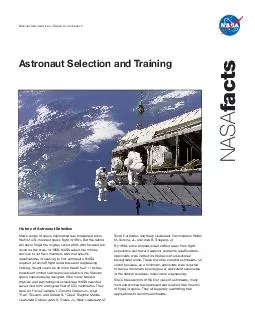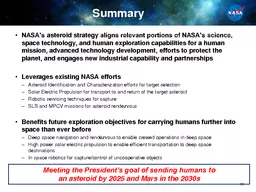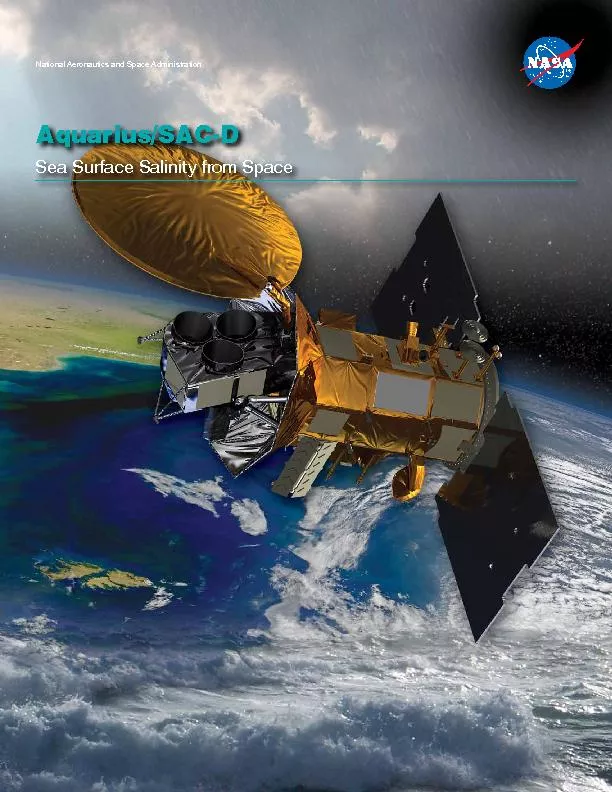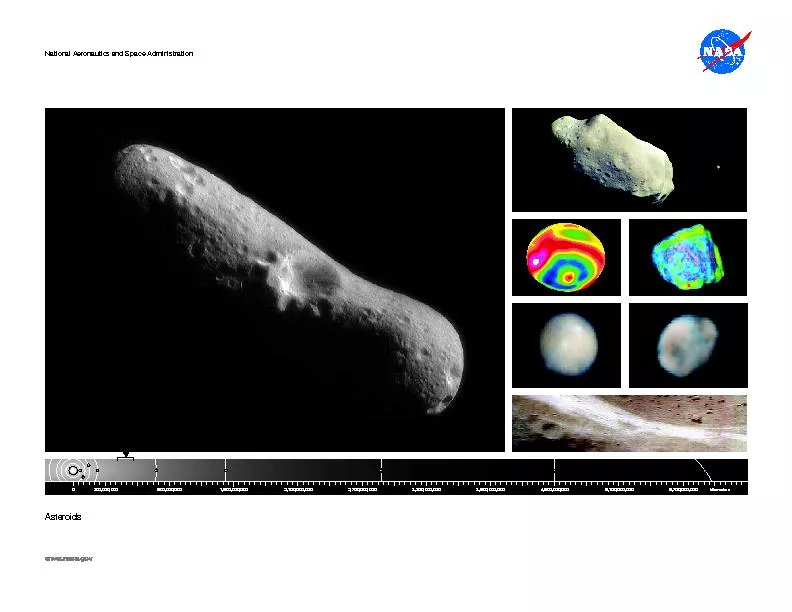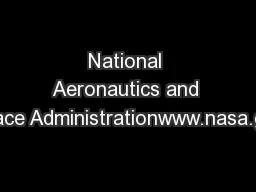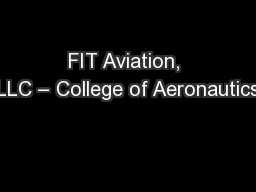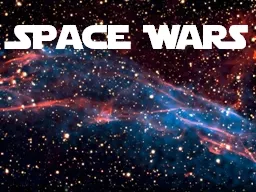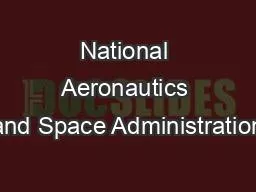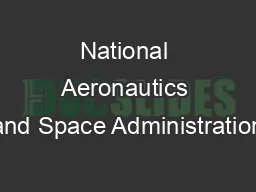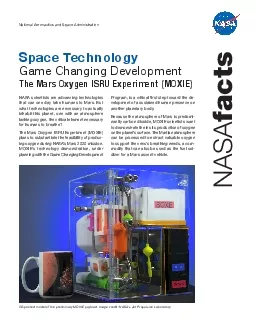PDF-National Aeronautics and Space Administration
Author : conchita-marotz | Published Date : 2016-06-12
Educational Product Educators and Students Grades 58 Gregory L Vogt EdD Special Thanks To Carla Rosenberg Alotta Taylor NASA Teaching From Space Office Office of
Presentation Embed Code
Download Presentation
Download Presentation The PPT/PDF document "National Aeronautics and Space Administr..." is the property of its rightful owner. Permission is granted to download and print the materials on this website for personal, non-commercial use only, and to display it on your personal computer provided you do not modify the materials and that you retain all copyright notices contained in the materials. By downloading content from our website, you accept the terms of this agreement.
National Aeronautics and Space Administration: Transcript
Download Rules Of Document
"National Aeronautics and Space Administration"The content belongs to its owner. You may download and print it for personal use, without modification, and keep all copyright notices. By downloading, you agree to these terms.
Related Documents

